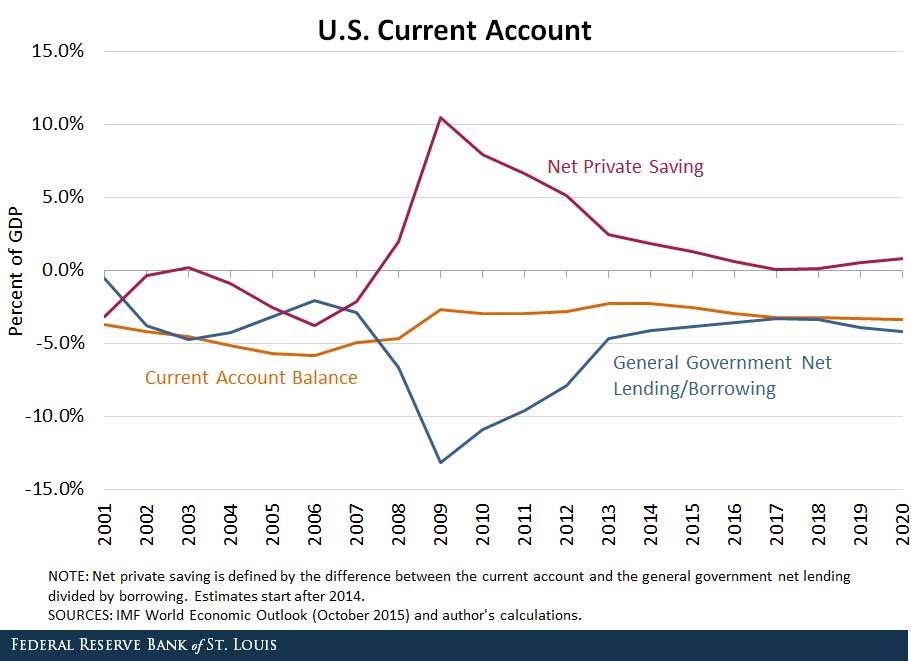A project to build a toll road will take 3 years to complete, costing three payments of $50 million, paid at the start of each year (at times 0, 1, and 2).
After completion, the toll road will yield a constant $10 million at the end of each year forever with no costs. So the first payment will be at t=4.
The required return of the project is 10% pa given as an effective nominal rate. All cash flows are nominal.
What is the payback period?
There are a number of ways that assets can be depreciated. Generally the government's tax office stipulates a certain method.
But if it didn't, what would be the ideal way to depreciate an asset from the perspective of a businesses owner?
One and a half years ago Frank bought a house for $600,000. Now it's worth only $500,000, based on recent similar sales in the area.
The expected total return on Frank's residential property is 7% pa.
He rents his house out for $1,600 per month, paid in advance. Every 12 months he plans to increase the rental payments.
The present value of 12 months of rental payments is $18,617.27.
The future value of 12 months of rental payments one year in the future is $19,920.48.
What is the expected annual rental yield of the property? Ignore the costs of renting such as maintenance, real estate agent fees and so on.
Question 455 income and capital returns, payout policy, DDM, market efficiency
A fairly priced unlevered firm plans to pay a dividend of $1 next year (t=1) which is expected to grow by 3% pa every year after that. The firm's required return on equity is 8% pa.
The firm is thinking about reducing its future dividend payments by 10% so that it can use the extra cash to invest in more projects which are expected to return 8% pa, and have the same risk as the existing projects. Therefore, next year's dividend will be $0.90. No new equity or debt will be issued to fund the new projects, they'll all be funded by the cut in dividends.
What will be the stock's new annual capital return (proportional increase in price per year) if the change in payout policy goes ahead?
Assume that payout policy is irrelevant to firm value (so there's no signalling effects) and that all rates are effective annual rates.
If trader A has sold the right that allows counterparty B to buy the underlying asset from him at maturity if counterparty B wants then trader A is:
Question 637 option, option payoff at maturity, no explanation
Which of the below formulas gives the payoff ##(f)## at maturity ##(T)## from being short a call option? Let the underlying asset price at maturity be ##S_T## and the exercise price be ##X_T##.
Question 884 monetary policy, impossible trinity, foreign exchange rate, no explanation
According to the impossible trinity, a currency can only have two of these three desirable traits: be fixed against the USD; convertible to and from USD for traders and investors so there are open goods, services and capital markets; and allow independent monetary policy set by the country’s central bank, independent of the US central bank.
Which of the following exchange rate regimes sacrifices fixing the exchange rate to the USD? In other words, which regime uses a floating exchange rate?
Question 980 balance of payments, current account, no explanation
Observe the below graph of the US current account surplus as a proportion of GDP.

Define lending as buying (or saving or investing in) debt and equity assets.
The sum of US ‘net private saving’ plus ‘net general government lending’ equals the US: